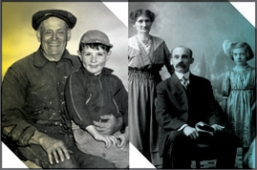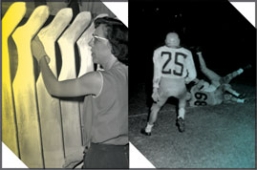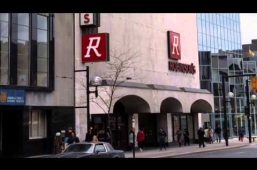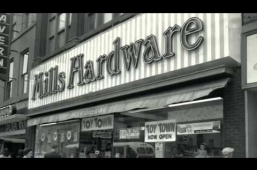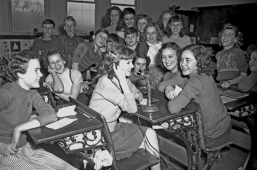Photocopying and Scanning is not working at Westdale Branch. We aim to fix it as soon as possible.
Daily print balances for black and white and colour printing change January 2, 2026. The new daily print balance is 40 cents. Members receive four free black and white copies or two free colour copies.
Large format and vinyl printing pricing also change on January 2. Visit https://www.hpl.ca/makerspaces for updates.
Bookmobile is off the road from December 25-27, December 31, and January 1st. Visit www.hpl.ca/bookmobile for our Holiday Schedule.
Due to the setup for the Noon Hour Concert, the Fourth Floor at Central Library will be closed on Friday, January 2. Makerspace and Newcomer Learning Centre will remain open. Floors 1-3 have spaces to work and study.
All branches close on Thursday, December 25, for Christmas. This includes branches with Extended Access.
All branches close on Sunday, December 28, 2025. This includes branches with Extended Access.
All branches close on Thursday January 1 for New Years Day. This includes branches with Extended Access.
All branches close on Friday, December 26, 2025 for Boxing Day . This includes branches with Extended Access.
All HPL Branches close early on Wednesday, December 24 at 1pm. All locations are also closed on Christmas Day, Thursday, December 25, and Boxing Day, Friday, December 26. Visit www.hpl.ca/hours for our Holiday Schedule.
All HPL Branches close early on Wednesday, December 31 at 1pm. All locations are also closed on New Year's Day, Thursday, January 1st. Regular service hours resume on Friday, January 2. www.hpl.ca/hours
Branch Study Halls are paused Friday, December 19, 2025 through Monday, January 5, 2026. Central Library Study Hall hours resume Spring 2026.
www.hpl.ca/study-halls
Bring back your borrowed library items (due Oct 1 or later) within 28 days to avoid a replacement or lost fee. We'll remove the fee when you bring back your overdue items.
History of City Hall
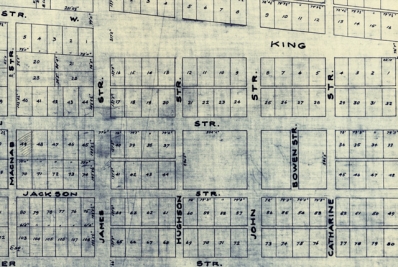
When the Town of Hamilton was incorporated in 1833, one of the first orders of business, after a closely fought election where 3 out of the 4 candidates had no opposition (1), was to find a suitable place for the town board to meet. For the first few years they made do with meeting in local taverns, such as Thomas Wilson's inn on the corner of John and Jackson Streets (2). Mr. Wilson had no objection as he was paid quite well for the privilege of having the governing body of Hamilton in his establishment. The accounts for the town list his payment for the rental of the room as £0/7/6 in 1835 (3).
However, a tavern was not the ideal place to conduct the business of the town and in 1835 Council paid Stephenson Woods £2/15/0 for a plan of an Engine House. In 1836 they paid William Hardy £1/5/0 for drawing the specifications for this plan, contracting Scott & Biggart to build the structure. By November 25, 1835, Council had paid a total of £50/0/0 on account for the construction (4). On August 9, 1836, A. Ross & Co. was paid (£2/0/0) for painting the Engine House (5) and council soon moved in, sharing quarters with the fire department and with the cells in the basement, to conduct the city's business from this more suitable environment.











